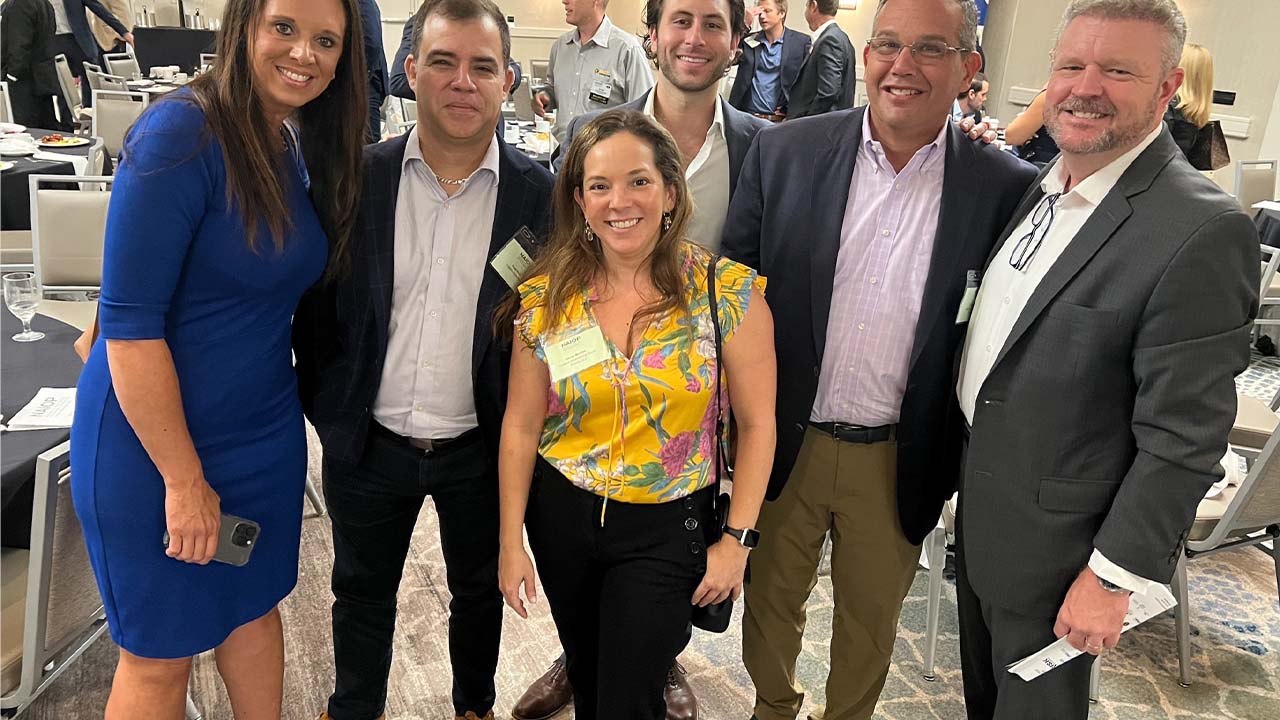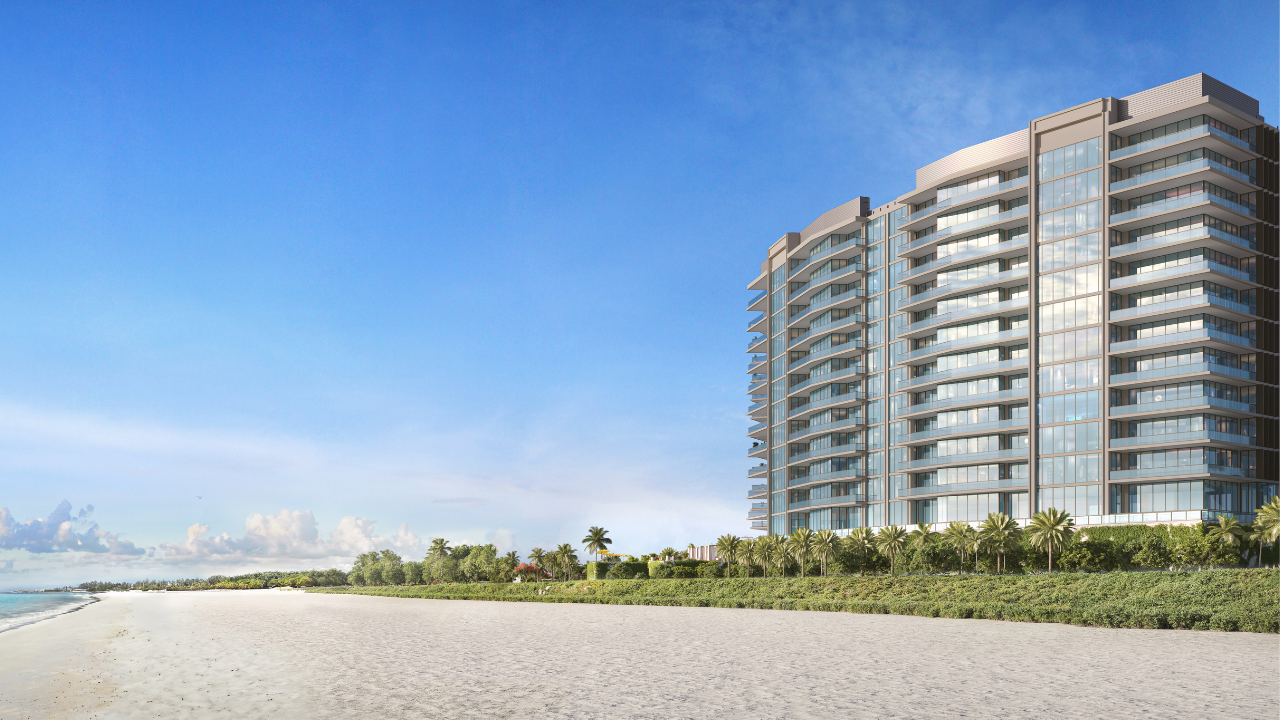During NAIOP South Florida’s annual mid-year update, some of the industry’s top brokers and commercial development experts offered valuable insight into the current state of the retail, office, mixed-use, multifamily and industrial sectors. The panelists expressed continued optimism about South Florida’s resilience and long-term potential for growth in various commercial sectors. They discussed many vital topics, including leasing activity, issues with returning to office work occupancy, construction costs, material and labor shortages, skyrocketing insurance prices, predicted land shortages, and multi-story industrial options. They also highlighted the development of urban environments in suburban locations to attract tenants, affordable housing, job and population growth and the cost of living.
“There’s a lot going on in the market, and as a leading organization for the commercial real estate industry, our mission is to support our members’ success by delivering programming to keep them well-informed and connected,” NAIOP South Florida Executive Director Jules R. Morgan says.
The discussion was split into two parts, with the first panel being led by Christian Lee, vice chairman of CBRE, and featuring Jonathan Kingsley, vice chairman of Colliers, Jaime Sturgis, chief executive officer of Native Realty, and Tom O’Loughlin, executive vice president of CBRE. They discussed various topics about the industry and shared their insights and experiences. Christopher Thomson, a top land broker and executive director for Cushman & Wakefield, moderated a developer panel, which was comprised of Jordan Bargas, senior vice president of development for Related, Malcolm Butters, president and Co-Founder of Butters Construction & Development, James Bry, Executive Vice President of Sunbeam Properties & Development who developed the Miramar Park of Commerce, and Robert Given, vice chairman of CBRE. The group provided valuable insights and expertise on the real estate industry.
The group also noted that the current interest rates could result in a slower economic recovery in 2024. Industrial demand is healthy and normal, with no signs of oversupply. Retail leasing is active, particularly for restaurants and service-based retailers. The office market has experienced declining transaction volume and size, but hope remains for future growth. However, construction costs remain high due to pricing fluctuations in materials and labor availability. The panel also discussed the impact of the return-to-office on real estate occupancy rates.
Jonathan Kingsley, vice chairman of Colliers, said that suburbs are still a safe choice for businesses in today’s environment.
“Corporate office parks tend to be less expensive, particularly in the flex-office market, where tenants can access their own single-story space, control their airflow, avoid busy parking garages and common elevators,” he says. “They offer all the fundamentals, particularly when surrounded by some type of retail amenity base.”
Photo cutline: Julie Dunn, Ralph Pena, Denise Morales, Jake Stauber, Mark Rubin and Derek Baker of Colliers














